A few days ago, I shared a quick review of Coral Finder 3.0 from BYO Guides. In this post, I’d like to introduce what the manufacturers say is the “first interactive underwater ID guide.”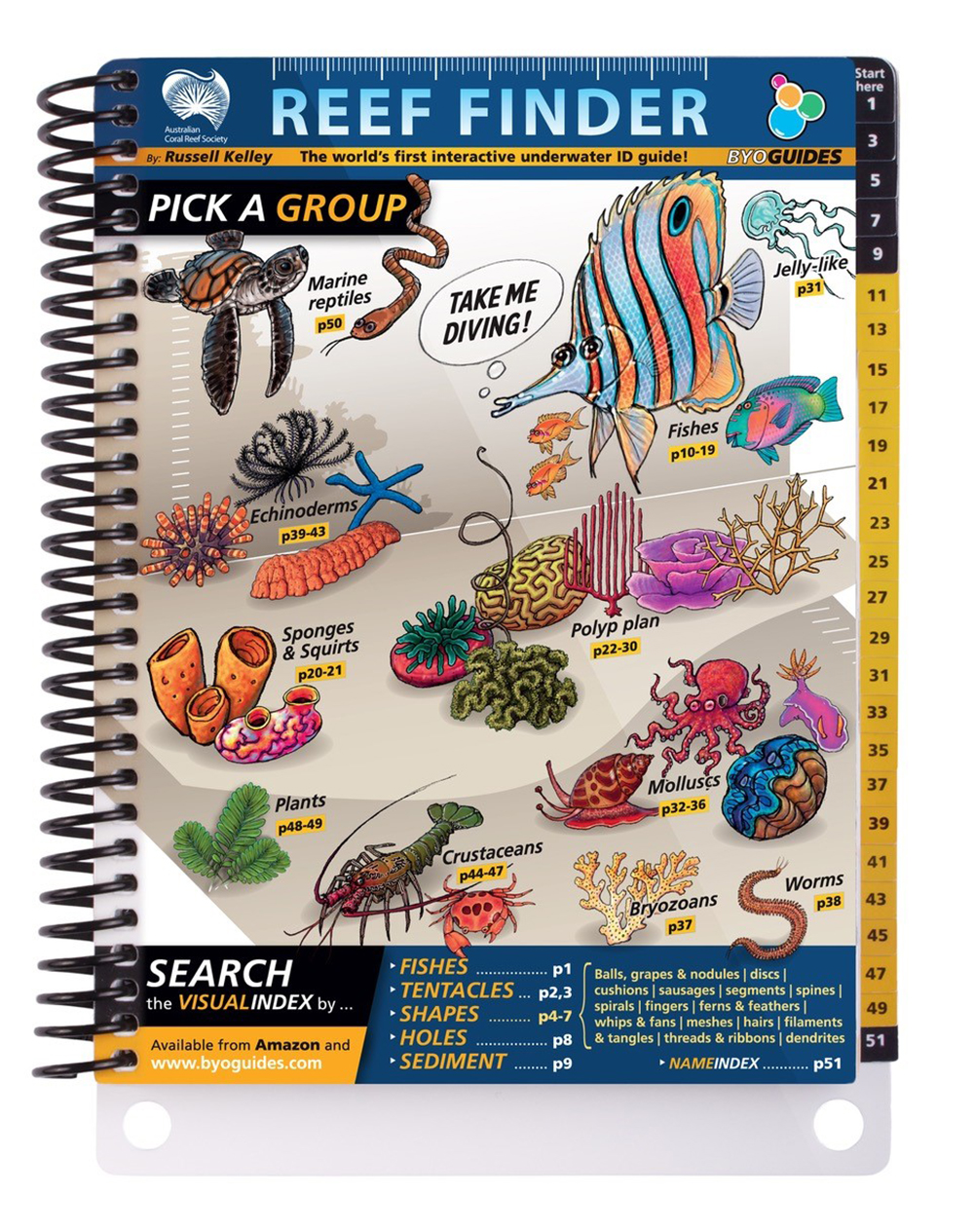
Now I’ve no idea if this is truly the first or not, but I can confirm that it is fully waterproof and would survive on board a dive boat as well as underwater, as the images from BYO Guides demonstrate.
Like CORAL FINDER 3.0, the guide uses superb imagery and a visual index to get you started. On page 1, the guide asks a simple question: Is it a fish? If ‘yes’, you have a series of silhouettes and associated page numbers to guide you to more pages of fishes. Fish are grouped in categories such as ‘daytime foragers’ or ‘bottom dwellers’, so don’t expect this to be anything other than an entry level work. But having said that, I’ve been on plenty of dive trips where this guide would have been absolutely ideal for most of the other divers.
If your subject is not a fish, you have four questions to answer: Does it have tentacles? Does it have shapes? Does it have holes? And is it in sediment? You can see how this might easily separate several phyla already. ‘Holes’ takes you to a series of pages showing sponges, squirts, mollusks, and worms. Further pages of images helps you narrow it down further and leads you to pages with more detailed information and, once again, excellent images that in some instances might get to species level, but more often than not are to genus or family for the difficult stuff. For many, this is all the detail they require.
Obviously, trying to offer a basic ID for everything you’d find underwater in fifty pages is a challenge, especially when the guide is designed to be used by people with limited experience, but it does work!
I was initially skeptical, especially when instructed to search by ‘shapes’ for example. This category turns out to be a mix of sub categories that include ‘spirals’, ‘cushions’, ‘sausages’, ‘fingers’, and the like. There’s no scientific nomenclature here, nothing is ‘laterally compressed with radiating arms’, or other difficult jargon.
Such an approach may irritate some biologists, but I do think this guide is very interesting, as it cuts across Phyla and Orders in the initial stages, but then does get the user to the correct group in the end. There are also some error correcting sections built in. If, for example, you are identifying an acroporid, but fail to notice the polyps and have missed the ‘tentacles’ page, you may end up on ‘shapes/fingers’. Cleverly, a series of images will point you to hard corals or onto other finger-like animals. There are several examples where the guide is flexible enough to correct for occasional mistakes, or when an animal might not be displaying its entire morphology. For example, on occasion a sea cucumber will show tentacles, spines, or neither. In this instance, the guide will still get you to the right ID.
I can see this guide being sold on dive boats and at dive centers, and I think it would be very suitable for training agencies, environmental charities, and schools.
Like anything, this guide is best understood by using it. To help you, there are several online training guides available here:
https://www.byoguides.com/reeffinder/
Images supplied by BYO Guides

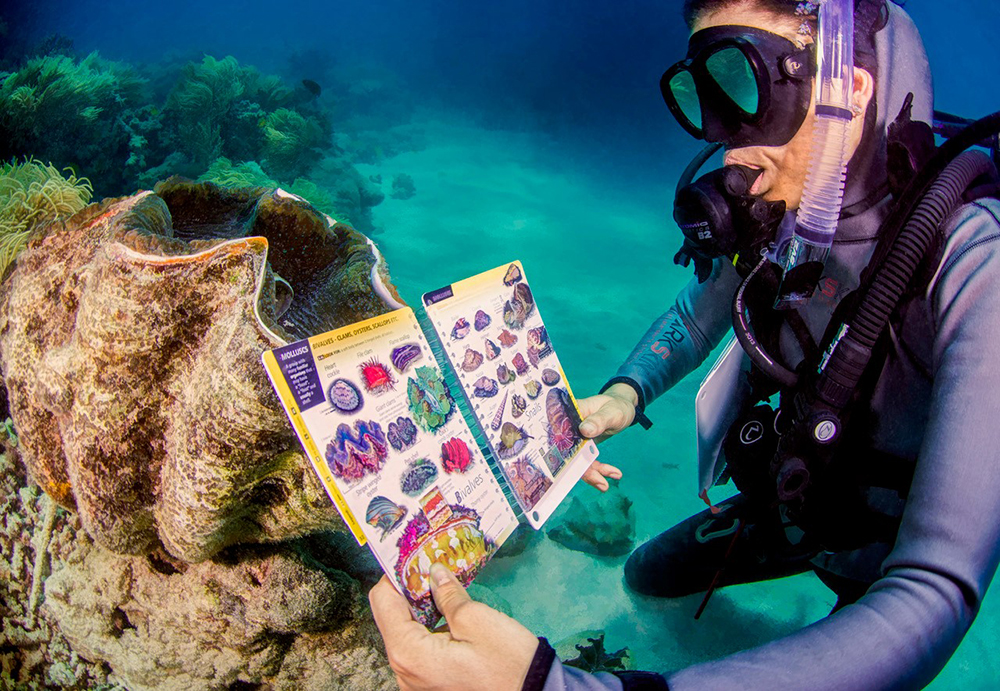
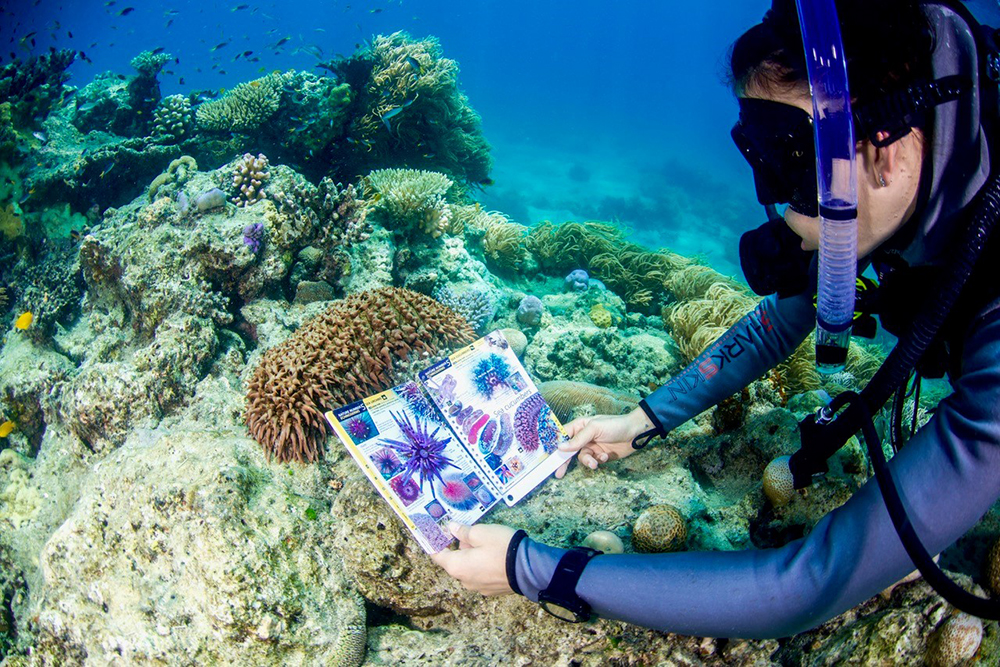
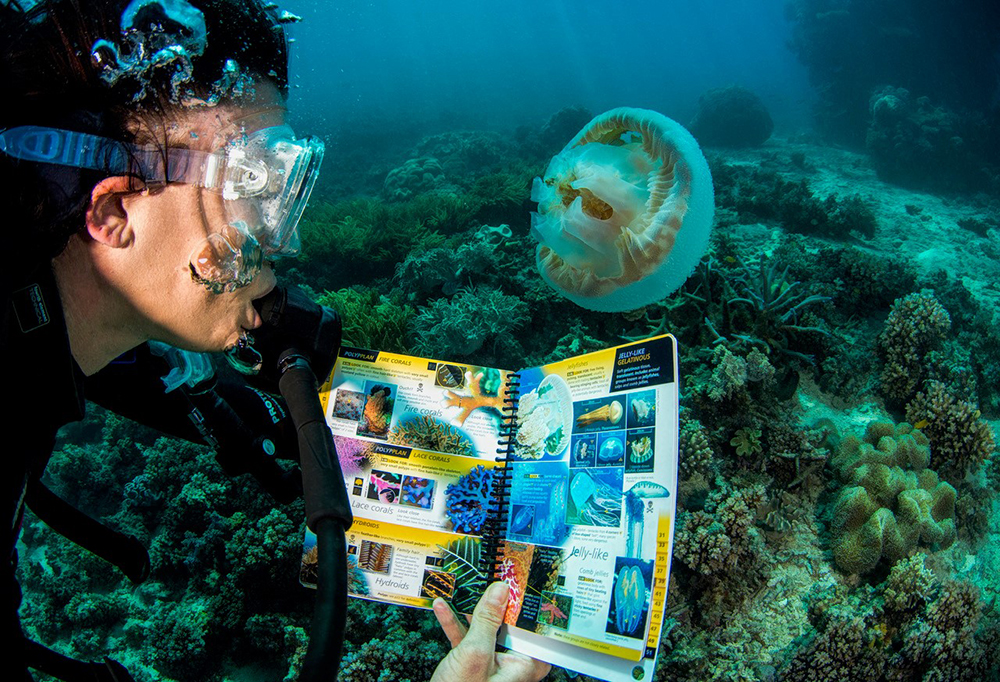
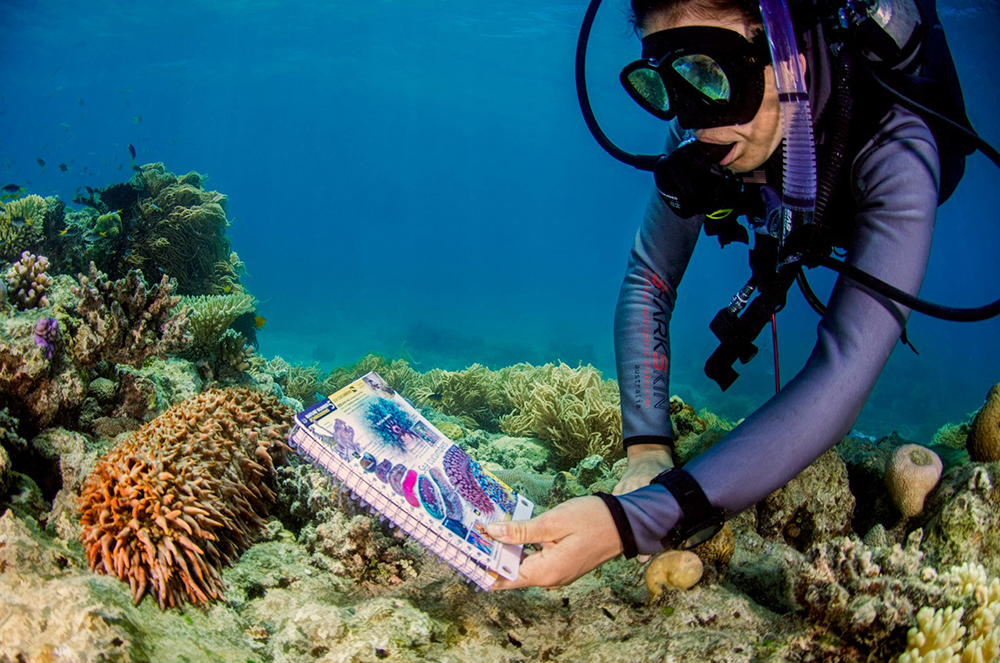









0 Comments